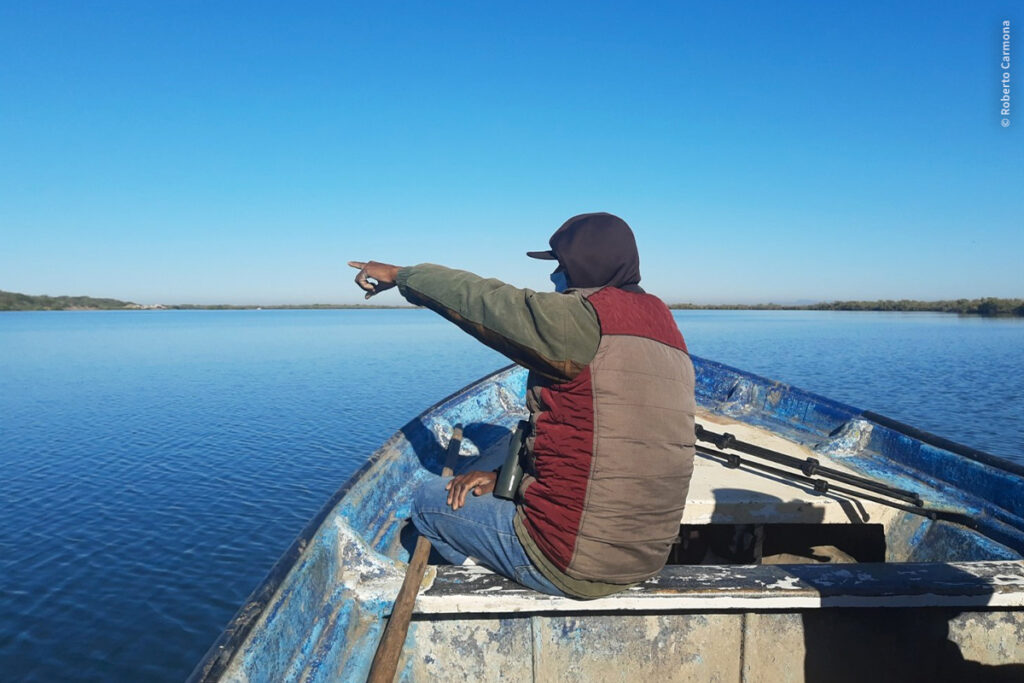During the month of January, several conservation activities were carried out in Bahia de Tobari, Sonora. In each activity, our experts worked hand by hand with the local communities to foster a long-term involvement with their natural environment.
Between northern Sinaloa and southern Sonora, where Bahia de Tobari is located, lives the Mayo-Yoreme ethnic group. It is relevant to point out that the Yoremes have a world vision with two great influences that have been mutually modifying each other: nature, as a provider entity, and Catholic faith. Both interact in their traditions, festivals and beliefs. As an example, one of their original beliefs tells how God created gold for the Yoris (whites and mestizos) and work objects for the Yoremes (the people). On the other hand, Yoreme women are very proud of belonging to their ethnic group and therefore are in charge of preserving the cultural heritage within their community.
Combining these two ideas, it is not surprising that in Tobari: (1) a group of locals concerned about the environment (Environmental Promoters of Bahia de Tobari) has been formed and that (2) it is basically made up of women.

At the request of the group Environmental Promoters of Bahia de Tobari, with the support of the Flora and Fauna Protection Area of the Islands of the Gulf of California, Pronatura Noroeste and the Autonomous University of Baja California Sur offered a bird identification course taught by Roberto Carmona and Luis F. Mendoza. The workshop was attended by 12 yoremes (10 women and two men) and one yori. The basic course was provided by material with the recently printed ” Guide to Common Birds in Bahia de Tobari and Southern Sonora”. The course was held over three days and was considered a success, given the interest shown by the participants. The course layed groundwork for the community to conduct citizen science and community monitoring; it will also encouraged the involvement of the community, especially its women, in environmental issues at the site.
In addition, a winter census was conducted inside the bay with the support of two members of the ethnic group, confirming the significance of the site and the 10 artificial islands found here in winter. Among the migratory shorebirds, records of 62,700 Western Sandpipers (Calidris mauri), 50,500 American Avocets (Recurvirostra americana) and 20,300 Dowitchers (Limnodromus spp.) stand out; among the resident species, the most relevant was the Pacific American Oystercatcher (Haematopus palliatus frazari), with 574 birds, which represents 19% of the total population estimated for the subspecies. Among the Anatidae, the most numerous species were the Northern Shoveler (Spatula clypeata) and Lesser Scaup (Aythya affinis), with 15,000 and 8,000 individuals, respectively.
Therefore, different actors such as the Flora and Fauna Protection Area of the Gulf of California Islands, the Autonomous University of Baja California Sur (UABCS) and Pronatura Noroeste are interested in supporting the Environmental Promoters of Bahia de Tobari in different conservation actions in this important site.
You can also be part of bird conservation in northwestern Mexico.












